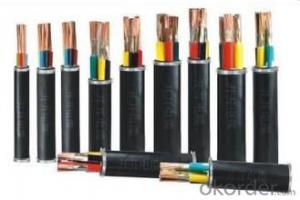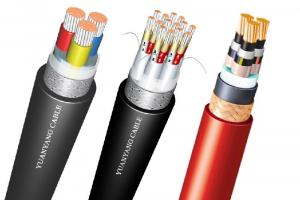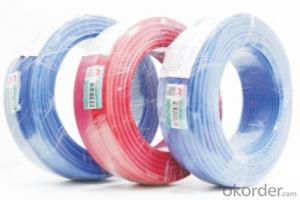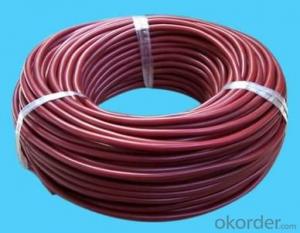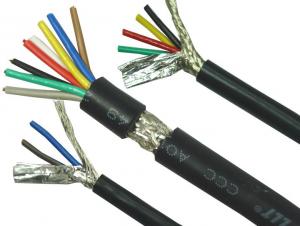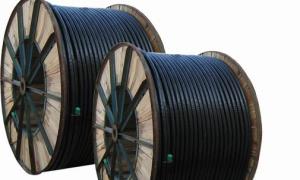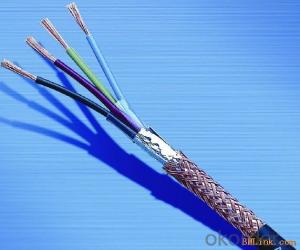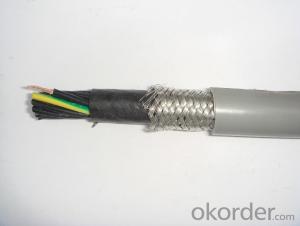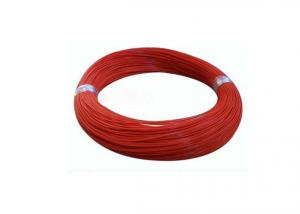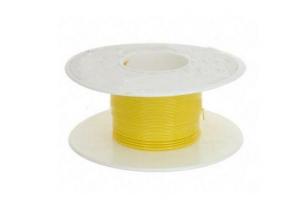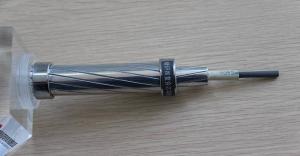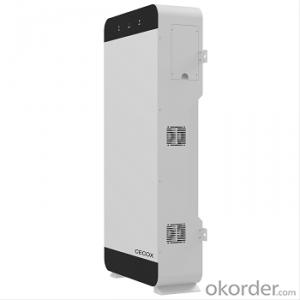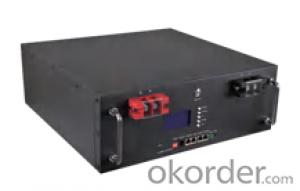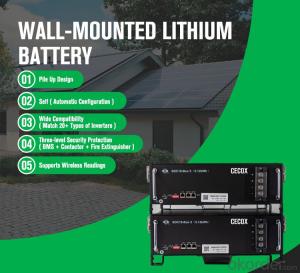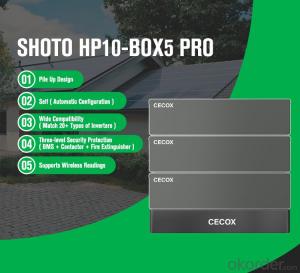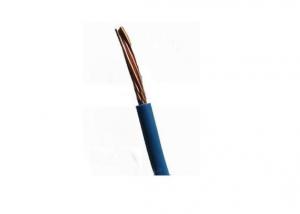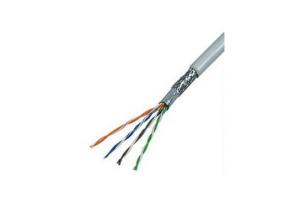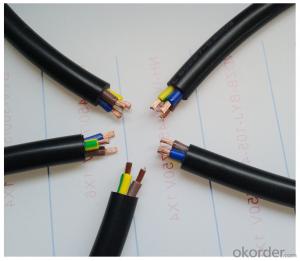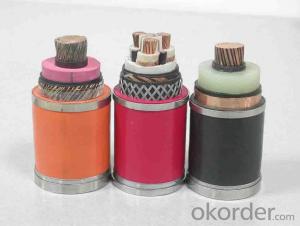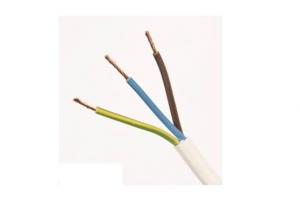Low Voltage(0.6~1kV) PVC insulated electrical power cable
- Loading Port:
- China main port
- Payment Terms:
- TT or LC
- Min Order Qty:
- 100 m
- Supply Capability:
- 20000 m/month
OKorder Service Pledge
OKorder Financial Service
You Might Also Like
Low Voltage(0.6~1kV) PVC Insulated Electrical Power Cable
1. Type, Designation and Application
Type | Designation | Application | |
Cu | Al | ||
VV | VLV | PVC insulated PVC sheathed power cable | Suitable for indoor, channel, conduit. Unable to bear mechanical stress. |
VY | VLY | PVC insulated PE sheathed power cable | |
VV22 | VLV22 | PVC insulated steel-tape armored PVC sheathed power cable | Installed in underground, can bear mechanical stress, but cannot endure large pulling force. |
VV23 | VLV23 | PVC insulated steel-tape armored PE sheathed power cable | |
VV32 | VLV32 | PVC insulated thin steel-wire armored PVC sheathed power cable | Can be installed in vertical well, and bear large mechanical pulling force. |
VV42 | VLV42 | PVC insulated steel-wire armored PVC sheathed power cable | |
VV33 | VLV33 | PVC insulated thin steel-wire armored PE sheathed power cable | |
VV43 | VLV43 | PVC insulated steel-wire armored PE sheathed power cable | |
Note: According to customers’ requirements we can produce flame retardant, fire proof, termite resistant, LSOH and low smoke low halogen, etc.
2. Range of Production
Type | No. of cores | Rated Voltage 0.6/1kV | |
Cu | Al | Nominal cross-section (mm2) | |
VV VY | VLV VLY | 1 | 1.5~630 |
VV22 VV23 | VLV22 VLV23 | 10~630 | |
VV VY | VLV VLY | 2 | 1.5~240 |
VV22 VV23 | VLV22 VLV23 | 4~240 | |
VV32(42) VV33(43) | VLV32(42) VLV33(43) | 4~240 | |
VV VY | VLV VLY | 3 | 1.5~300 |
VV22 VV23 | VLV22 VLV23 | 2.5~300 | |
VV32(42) VV33(43) | VLV32(42) VLV33(43) | 4~300 | |
VV VY | VLV VLY | 4 3+1 | 1.5~300 |
VV22 VV23 | VLV22 VLV23 | 2.5~300 | |
VV32(42) VV33(43) | VLV32(42) VLV33(43) | 4~300 | |
VV VY | VLV VLY | 5 4+1 3+2 | 1.5~300 |
VV22 VV23 | VLV22 VLV23 | 2.5~300 | |
VV32(42) VV33(43) | VLV32(42) VLV33(43) | 4~300 | |
FAQ
Q: How’s your service?
A:1. Offer customers 24/7 service, whenever you need us, we are always here for you.
2. Immediate response. Your any inquiry will be replied within 24 hours.
3. Support small order quantity, for the first time cooperation customers, we can send you less quantity for trial order.
4. Support third party inspection company to inspect and check the quality and quantity before delivery.
Picture

- Q:Hi all :)I am looking in to re-wiring a house that has not been re-wired since the 50's. I have been looking at the electrical system where the wires are external to the wall, but in trunking. Does anyone know how much that would cost and if there are any negatives, apart from the aesthetic elements?
- As Mr.rhsaunde alluded to, this is a pretty wild idea. However, one wants what one whats. Price will be determined by the cost of the wire and the other materials you'd use, at the time in which you start the project. Not only would this external wiring be, in my opinion, sort of funky (no offense) I would think that it might actually be imposing on you living space. Obviously not a hole lot, but a little none the less. Just make sure that you do everything to code. That is if you'll be having it inspected. I suggest doing so. The government wants your money. If you try to get by them they can not only make you undo all that you've do, they can also fine you heavily as well. I would assume that you will have to use wire-mold or a similar products. I have wired many new houses and I have never heard of trunking. Maybe I'll look in to it. I personally would have to oppose to your idea. On the other hand I say go for it if that's what you want. Good luck.
- Q:I noticed when somebody uses the microwave my tv starts to make REALLY loud zap noises and a staticy bar rolls down the screen. The tv does it on its own sometimes and I thought I saw the hallway lights flicker a bit when it happened.If I flip on the bedroom light the tv does the same thing again or if I unplug something from an outlet on the other side of the room. I don't know why EXACTLY, I only know its wiring if you can explain further please do. Also, if an electrical fire happens what should I do? Obviously no water because duh but do I cover it in baking soda? I saw that a lot on different websites. I do not own the correct fire extinguisher so what else would I use? Thanks for any answers!
- If you are living where it is extremely cold, right now, and windy, the air is so dry, that it#x27;s causing static electricity. (Where I am, lighting a lighter, caused a spark up in the air).a few times. Boiling some water, or spraying a mix of water, and a capful of fabric softener, helps. So, yes, it is possible the currant from using the micro wave is sending a charge of static through the same line you are on from your breaker box, with your TV.trips a trigger. However, long that takes to get the wire hot enough, will trip it to shut off. You have a real problem going on then. Either change the location of the micro wave to another outlet, or don#x27;t use both at the same time.
- Q:I plan to install a 220V appliance on one side of the kitchen. However, the 220V outlet is on the opposite wall below the counter. Can I run the electrical wire from the outlet down, and then through the floor/concrete slab to the other side? I'll have to make a groove on the slab for the wire. Any safety issue? Is this legal? (Note: Running the wire through the ceiling is not achievable.)
- Run it in the best watertight conduit that you can find. Make it as safe as possible. Ask the guy at the home center what to use. Do it as professional as possible and hisde it as well as possible and you will not ever hear about it on an inspection. Those guys are lazy and look for obvious wiring mistakes. They don't peel apart walls or dig up concrete.
- Q:Electrical wiring is commonly composed of metal covered in plastic or rubber coating. Which of these materials is an insulator and which is a conductor?
- I hope the following answers your question. The metal is the conductor. The plastic or rubber coating is the insulator.
- Q:Is all the electrical add up about 6000 watts or so
- 75 square meters of cable diameter should be about 5mm. Cable (electriccable; powercable): usually consists of several or several groups of wires. Safety requirements: When the cables cross each other, the high voltage cable should be under the low voltage cable. If one of the cables is in the range of 1 m before and after the cross-pipe protection or partitioning, the minimum allowable distance is 0.25 m. When the cable is close to or intersecting the heat pipe, the minimum distance between parallel and cross is 0.5m and 0.25m, respectively. When the cable is crossed with the railway or road, the pipe should be protected from the rail or the road 2m. The distance between the cable and the foundation of the building shall be such that the cable is buried outside the building; the cable shall be pipe-protected and the protective pipe shall be outside the building. Directly buried in the ground between the cable and the grounding of the grounding device should be separated between 0.25 ~ 0.5m; buried directly in the underground cable buried depth, generally should not be less than 0.7m, and should be buried in the frozen soil layer.
- Q:do i need to convert the incoming solar power to an a/c current?I have some electrical experience, I dont want to hire anyone
- I think if you don't want to hire someone to do that, you're gonna have a bad time. Many companies offer free audit.s, at least do that and take notes so you know how to begin. Check the guys in my source, they do free auditing. Good luck anyhow.
- Q:How many square wires are used for home wires? It is best to have a detailed answer
- This question when the two questions . first explain why the wire cut inside why there are many things like gray, because the insulated wire core is PVC insulation, in the course of aging, inside the assistant decomposition, or inside the filling In the use of a long time will become brittle aging into dust, that is, the wire inside the gray is actually due to the aging of the internal material . the copper is very brittle, first copper rod in the production of copper is very brittle High strength, but the toughness is poor, the need for annealing to make copper wire becomes toughness strength becomes low, easy to pull and mass production, if the landlord think this copper wire is very easy to break, you may not be in line with the national standard Or the production process is not in place for annealing, for reference only
- Q:i want to run some electrical wire through a wall, how do i do that with out breakng the sheetrock, there is already conduit running in that section.
- Use a string to pull the new wires through. Keep in mind that the electrical code does not allow you put any number of wires that will fit. Each conduit has maximums.
- Q:Bv4 square copper and BVR4 square copper wire What is the difference
- Do not open the transverse groove is the construction can not cut the wall sidewalk, easy to damage the durability of the wall, to prevent the installation of hardware and other things when the eye to break the wire, the vertical groove is easy to construction and clear line position, there will be no secondary accident , Desperate to adopt
- Q:My instant electric water heater is 4500 watts need to use the number of square wire electrician said 4 square wire can I see a lot of people say that the 6 square of the job Will you 4 square line can withstand it? Question added: how can we know that the line is the national standard or non-national standard ah line is the original developers to help me installed a 4 square does not know is not how to identify the national standard?
- 4 square of the national standard line is certainly enough, if the non-standard line that would be 6 square
1. Manufacturer Overview |
|
|---|---|
| Location | |
| Year Established | |
| Annual Output Value | |
| Main Markets | |
| Company Certifications | |
2. Manufacturer Certificates |
|
|---|---|
| a) Certification Name | |
| Range | |
| Reference | |
| Validity Period | |
3. Manufacturer Capability |
|
|---|---|
| a)Trade Capacity | |
| Nearest Port | |
| Export Percentage | |
| No.of Employees in Trade Department | |
| Language Spoken: | |
| b)Factory Information | |
| Factory Size: | |
| No. of Production Lines | |
| Contract Manufacturing | |
| Product Price Range | |
Send your message to us
Low Voltage(0.6~1kV) PVC insulated electrical power cable
- Loading Port:
- China main port
- Payment Terms:
- TT or LC
- Min Order Qty:
- 100 m
- Supply Capability:
- 20000 m/month
OKorder Service Pledge
OKorder Financial Service
Similar products
New products
Hot products
Hot Searches
Related keywords


